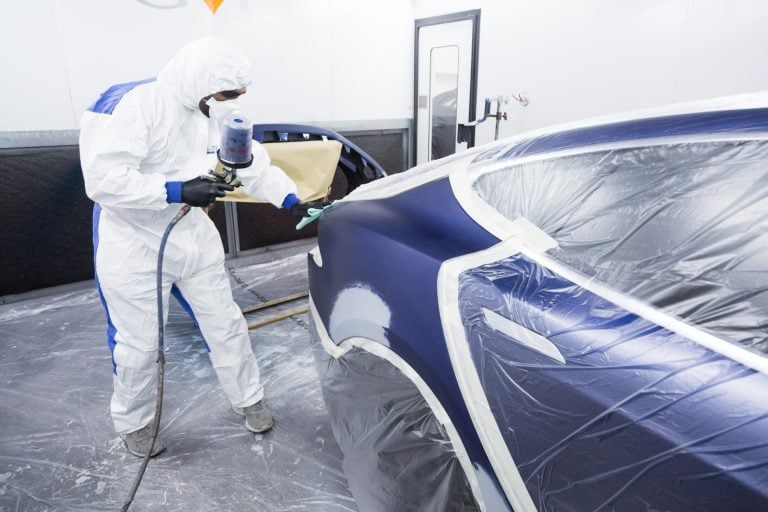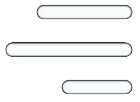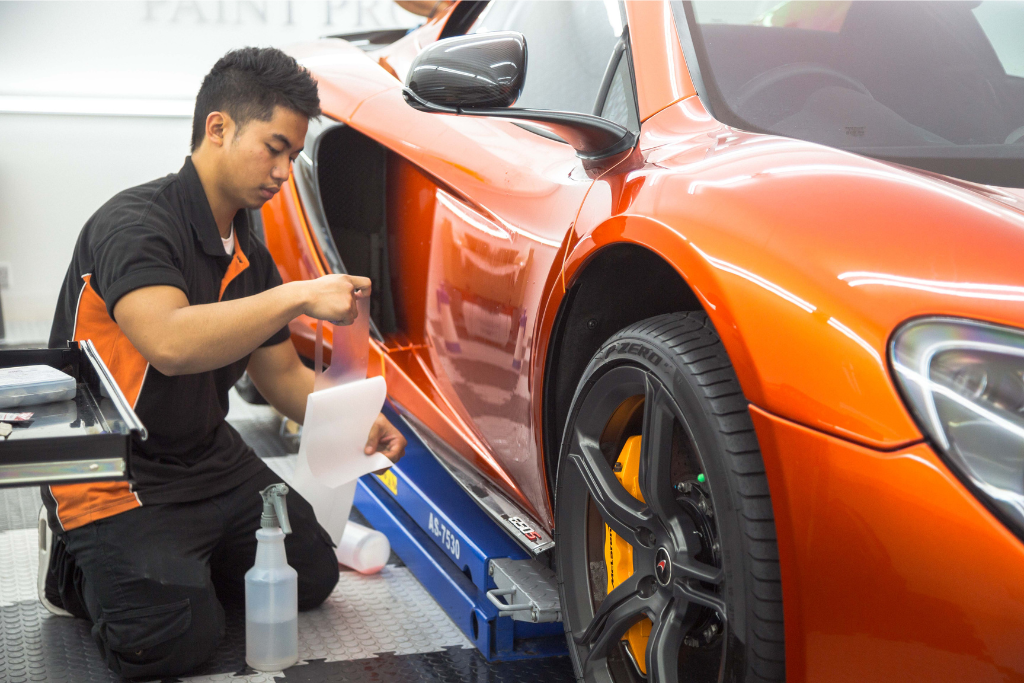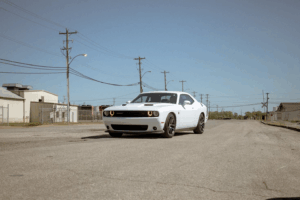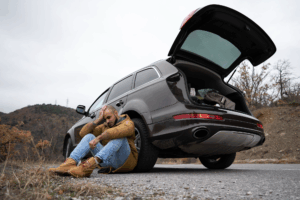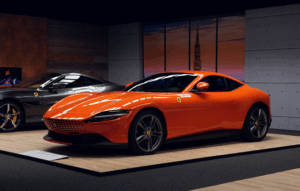- Detailing Case Studies
Common PPF Application Mistakes and How to Prevent Them | GVE London – Blog
Avoid common PPF application mistakes with our guide & learn effective prevention tips for flawless results. Protect your paint and enhance your vehicle's look today!
If you are a luxury car owner, your supercar’s appearance must be as important to you as its performance. After spending your hard-earned money to get the perfect vehicle, you must ensure that its body and paint stand the test of time and don’t get spoiled easily.
Your car starts depreciating the moment you drive it off the showroom. Over time, the wear and tear adds up and damages your vehicle’s resale value. Fading from the sunlight, roadside stones, debris, etc. can cause abrasions on your vehicle’s body and make it age faster. This is where paint protection film (PPF) comes in to protect your car’s paint and preserve its shiny look.
What is PPF or Paint Protection Film?
Paint protection film or PPF is a urethane-based, thin barrier used to cover the exterior surface of your car. It protects your car’s body from damage occurring from gravel, rocks, and other debris that hits your vehicle while driving. PPF preserves your supercar from chips, scratches, and dings, and saves plenty of money that would have gone to repairs.
There are several things to take care of during paint protection film application and it is recommended to get it done from an expert, professional detailing centre like GVE London for the best results.
Common Mistakes to Avoid During PPF Application
PPF is a great option to protect your vehicle from mud, stains, scratches, etc. giving it a stylish and shiny appearance.
However, for people planning to get PPF done on their car, there are several common mistakes to avoid as a single error can spoil the entire film on the vehicle. The following are some common PPF application mistakes you need to avoid for the best results.
Covering Just Some Parts of the Vehicle
Many people believe that they need to cover only certain parts of their vehicle with PPF, like near the tyres or just the front part of the car. This will spoil the portions where PPF is installed because it is not meant to be applied partially but on the entire body. The film won’t stay firm if you don’t apply it to the car’s complete surface. Believing that your car’s entire body doesn’t need PPF is a big mistake.
Choosing a PPF of Poor Quality
Some car owners have a low budget and they end up purchasing a cheap PPF of poor quality. Low-quality film will begin bubbling and fading in the sun. It will not last for a long time and give a faded, old look to your vehicle. After 1 or 2 years, a low-quality film will sustain damage or flake. This will cost you more in the long term as you’ll have to replace the PPF after a short time.
Not Preparing Your Vehicle’s Surface Beforehand
Similar to preparing your home’s walls before painting, you need to prepare the surface of your vehicle as well before getting PPF applied to it. Make sure to clean the body entirely so that there is no dust or debris, and the car is spotless. If there are spokes of dirt under the film, the entire PPF will be spoiled and won’t look good.
Your vehicle will get a dirty appearance and you won’t be able to clean it without completely removing the PPF. PPF application is an expensive process and you don’t want this to happen. Make sure that the professionals applying the film onto your car clean and prepare the surface properly beforehand.
Being Impatient During PPF Application
PPF application is not an instant process and can take several hours to complete. In the case of bigger vehicles and SUVs, it can even take more than one complete day. Some car owners get impatient during the paint protection film application and try to rush the process.
Rushing this process is risky as the film may not secure properly against the surface, or dust and dirt may get trapped underneath the PPF surface. Also, the film won’t stay firm and in a good position for long if you rush its application and don’t apply it properly.
Improper Alignment of PPF
You have to ensure proper alignment of the PPF with your car’s body, or else streaks and bubbles will start to appear. This prevents PPF from levelling with the surface of the car and gives an imbalanced look. It is among the most common PPF application mistakes and shortens the lifespan of the film.
Stretching the PPF in Wrong Areas
Some car owners try to apply the PPF themselves and stretch the film in the wrong areas. You should always hire professionals for this because stretching PPF requires a lot of expertise and skill. Every single panel needs different degrees of stretching and the installer must use the correct technique.
Major issues can arise if you use the wrong vinyl wrap style stretch process. To get a flawless and attractive appearance, proper stretching techniques during application are a must.
Conclusion
Paint protection film is one of the best options to preserve the paint of your car and protect it from scratches, streaks, etc. caused by rocks, debris, dust, etc. However, it is important to avoid some common PPF application mistakes if you don’t want to spoil its performance and make sure it does its job for a long period.
If you own a supercar and are looking for elite-level PPF, wrapping, detailing, customising, servicing, or any other service, then GVE London is the place for you. Get in touch for everything you need for your supercar and more.
Frequently Asked Questions
If you are looking to get PPF done on your supercar, you must choose a high-quality one. XPEL Ultimate Plus, 3M Scotchgard Pro Series, Suntek Paint Protection Film, Llumar Platinum and Avery Dennison Supreme Defense are the best PPF brands for supercars.
Based on your care method, wear and tear, style of driving, and road conditions, PPF stays on a supercar for around 5 to 7 years. Also, the self-healing characteristics of PPF diminish with time naturally because of wear and tear.
Yes, it is totally safe to get PPF on your supercar, and it is an excellent option for protecting your car’s body from scratches, abrasions, chips, etc. As compared to ceramic or wax coating, PPF offers better stain and scratch resistance.
Contact Us
"*" indicates required fields
OUR SERVICES
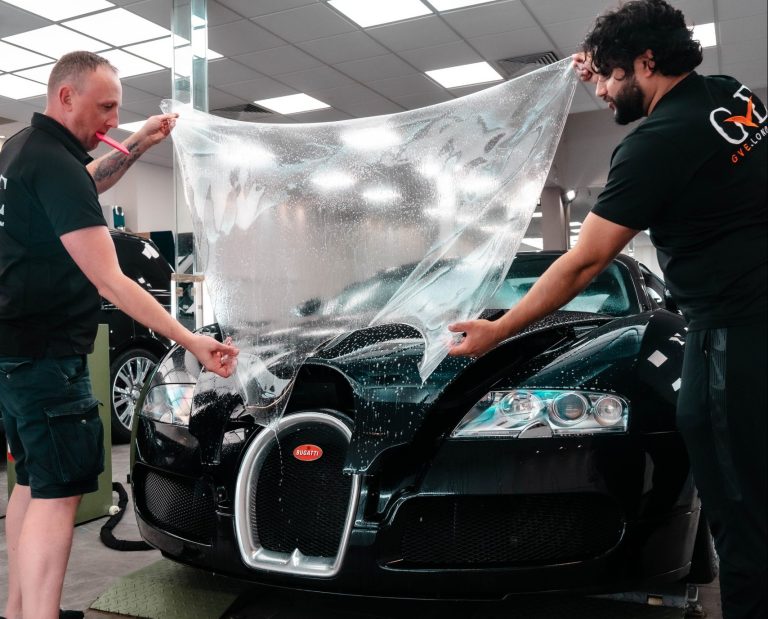
PAINT PROTECTION FILM
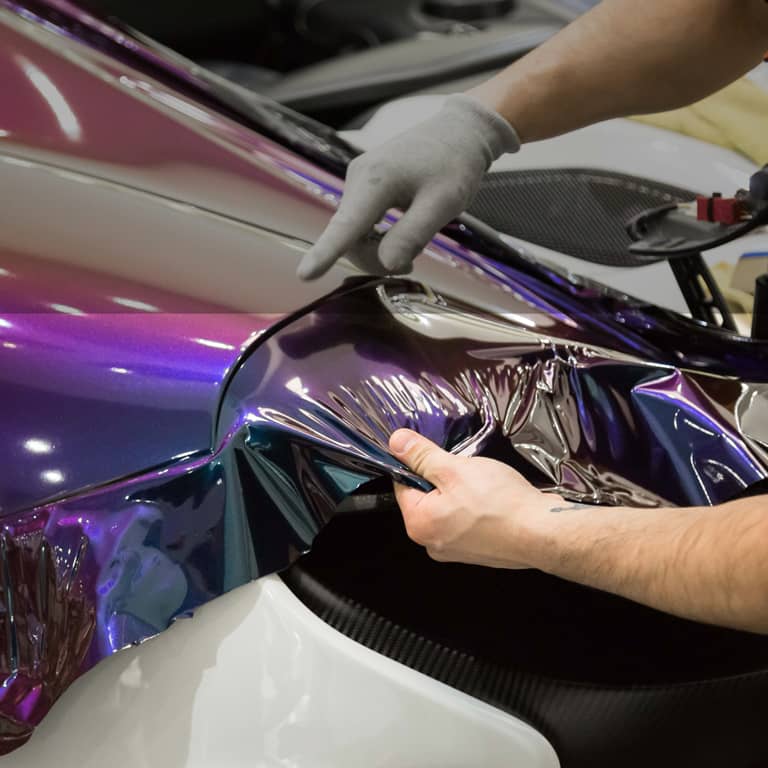
WRAPPING
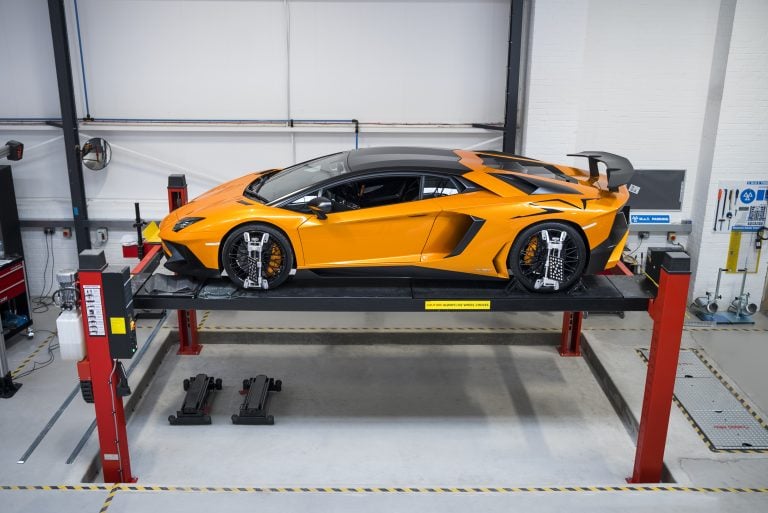
SERVICING
